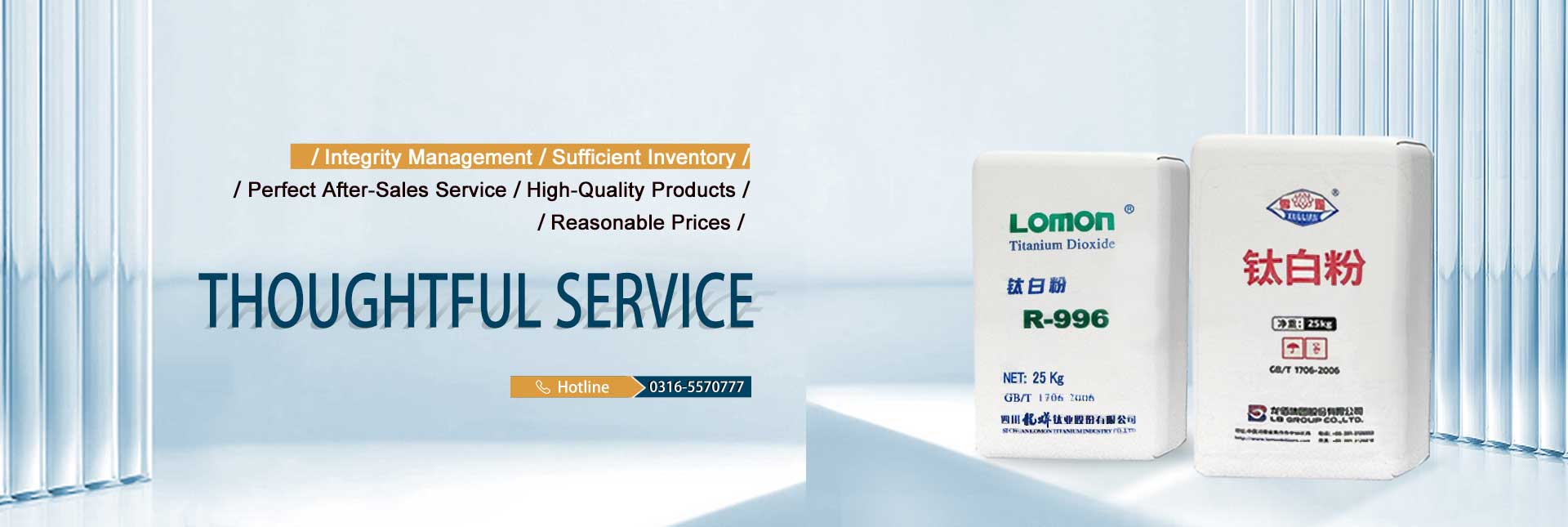
Dec . 05, 2024 07:25 Back to list
gravimetric analysis of titanium dioxide factories
Gravimetric Analysis of Titanium Dioxide Factories
Titanium dioxide (TiO₂) is one of the most important industrial materials globally, widely used in the production of paints, coatings, plastics, and even in food and cosmetics. As a result, the analysis of titanium dioxide from an industrial perspective, particularly through gravimetric methods, is essential for quality control, resource management, and environmental safety. This article delves into the principles of gravimetric analysis and its application in titanium dioxide factories.
Gravimetric analysis is a technique used to determine the quantity of a substance based on the mass of a solid. It involves the conversion of a sample into a pure solid compound through a series of chemical reactions, followed by precise measurement of the mass of the resultant solid. This method is renowned for its high accuracy and precision, making it indispensable in industries where the exact composition of materials is critical.
In titanium dioxide production, two primary processes are commonly employed the sulfate process and the chloride process. Each of these processes generates various byproducts, making it vital to have a rigorous analytical approach to quantify TiO₂ content and evaluate the efficiency of production methods. Gravimetric analysis can help achieve this by providing a reliable means to determine the amount of titanium in the final product and monitor impurities that could compromise product quality.
The gravimetric analysis of titanium dioxide generally begins with sampling the final product. In a typical procedure, the sample is dissolved in an appropriate solvent, usually an acid, to convert it into a soluble titanium species. Subsequently, this solution undergoes precipitation, where a reagent, such as ammonium hydroxide, is added to form a titanium hydroxide precipitate. This precipitate is filtered, washed, and then dried to obtain a pure solid. The mass of the dried precipitate allows for the calculation of the titanium dioxide content in the original sample.
gravimetric analysis of titanium dioxide factories

Moreover, gravimetric methods can be coupled with other analytical techniques, including spectrophotometry and chromatography, to enhance the accuracy and comprehensiveness of the analysis. For example, while gravimetric analysis can determine the total titanium content, spectrophotometric techniques can help analyze the specific catalysts or impurities present, giving a more holistic view of the production process.
In addition to quality assurance, gravimetric analysis plays a role in environmental management within titanium dioxide factories. The production of TiO₂ generates various waste materials, including sulfuric acid and other chemical byproducts. Analyzing these substances through gravimetric methods is crucial to ensuring compliance with environmental regulations. By quantifying the amount of waste generated, factories can implement better waste management practices and develop strategies to minimize their environmental impact.
Furthermore, with the growing emphasis on sustainability and green chemistry, titanium dioxide factories are exploring ways to reduce the environmental footprint of their operations. Gravimetric analysis can aid in the development of cleaner production technologies by providing insights into which processes are more efficient and environmentally friendly. By understanding the mass relationships of the chemical reactions involved, manufacturers can optimize shift processes and reduce waste.
The use of gravimetric analysis in titanium dioxide factories also extends to research and development. Improvements in TiO₂ characteristics, such as photocatalytic activity, can be monitored through precision measurement of material compositions. By adjusting the synthesis pathways and rigorously analyzing the outcomes, researchers can devise new formulations that enhance functionality while reducing environmental harm.
In conclusion, gravimetric analysis serves as a vital tool in the production and management of titanium dioxide. It not only ensures the quality and compliance of the final product but also aids in environmental sustainability and innovation within the industry. As titanium dioxide continues to play a pivotal role in various applications, the importance of reliable analytical methods such as gravimetric analysis will remain paramount, guiding factories towards efficiency, quality, and responsibility in their operations.
-
Premium 6618 Titanium Dioxide for GPT-4 Turbo Applications
NewsJul.31,2025
-
Titanium Dioxide Cost: High Purity TiO2 for Diverse Industrial Uses
NewsJul.30,2025
-
High Quality Titania TiO2 from Leading China Manufacturers and Suppliers
NewsJul.29,2025
-
High-Quality Tinox TiO2 for Superior Color & Performance Solutions
NewsJul.29,2025
-
High Quality Titania TiO2 from Leading China Supplier & Manufacturer
NewsJul.29,2025
-
High-Performance r6618 TiO2 for Superior Whitening and Versatility
NewsJul.28,2025
